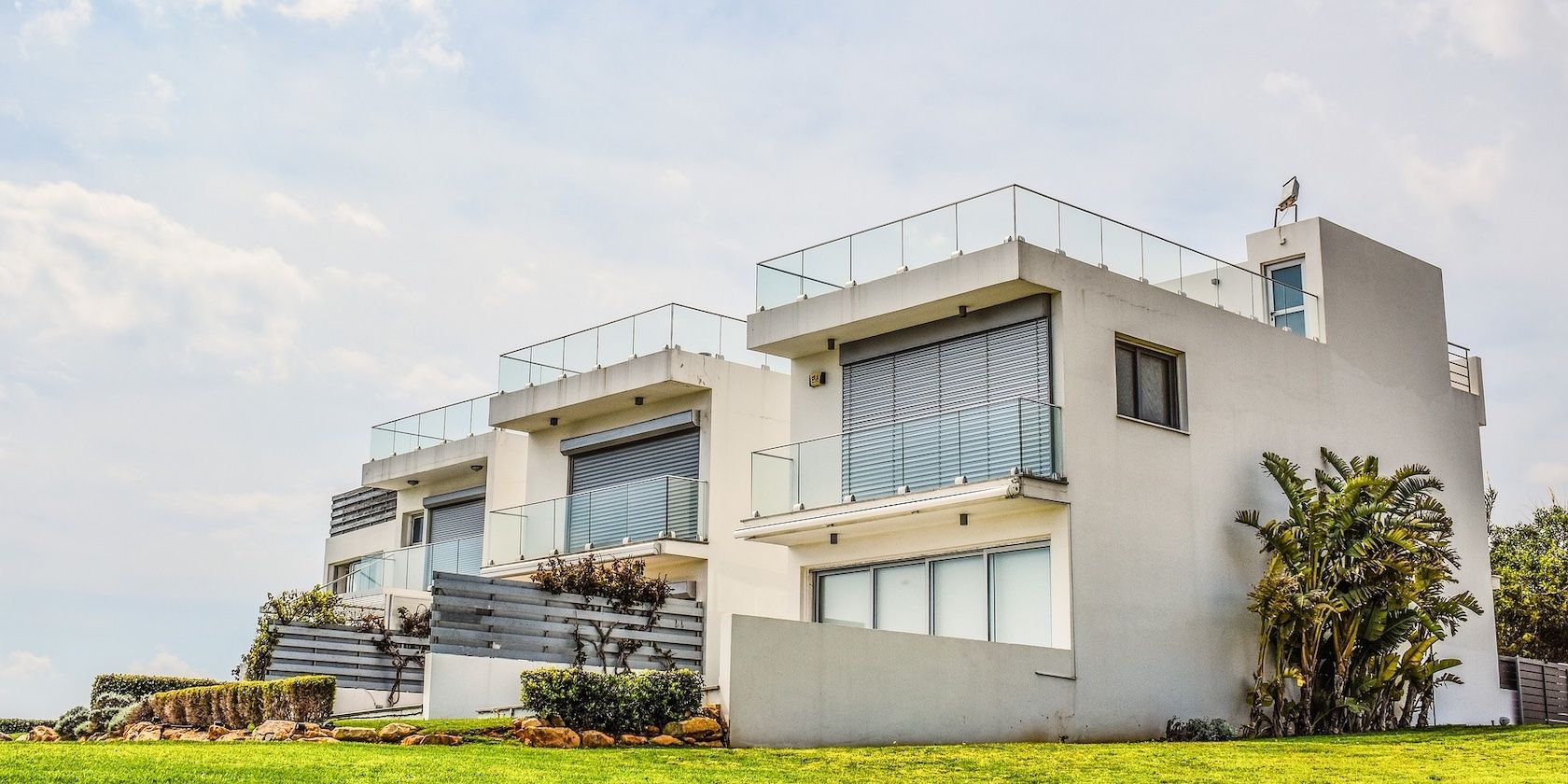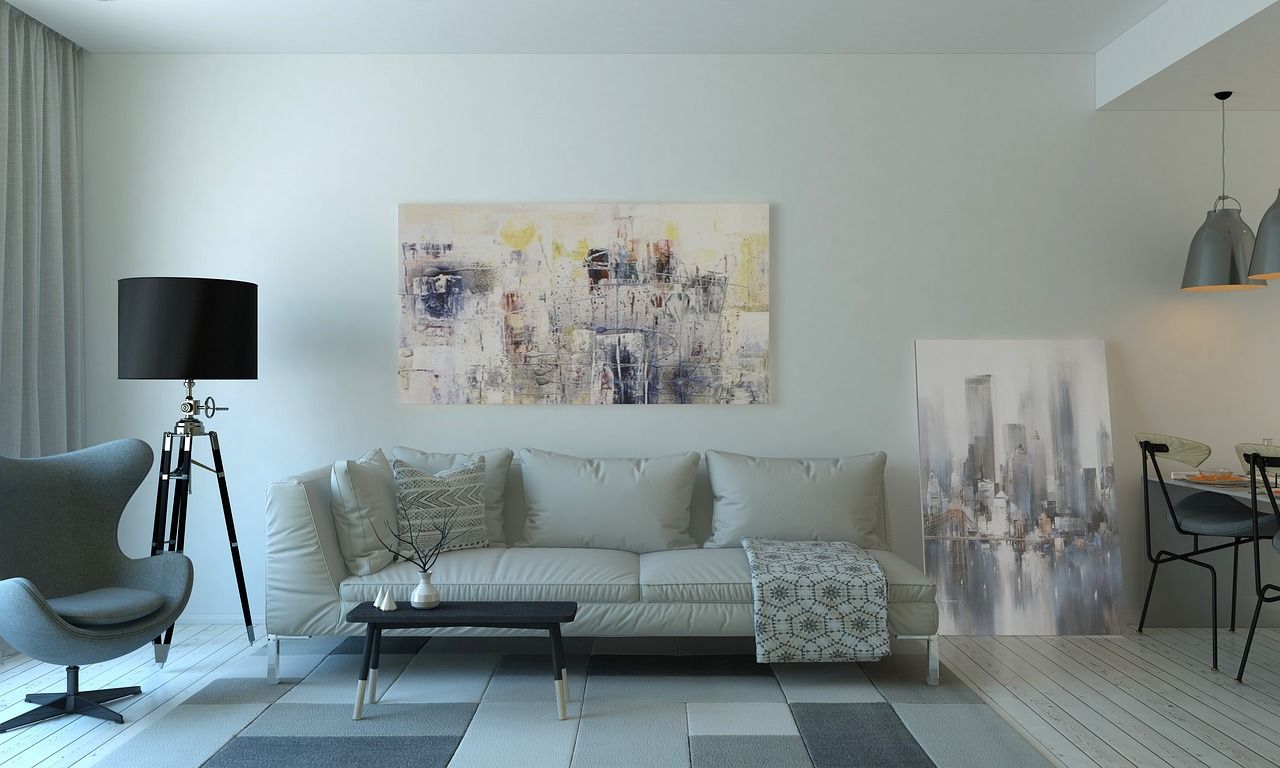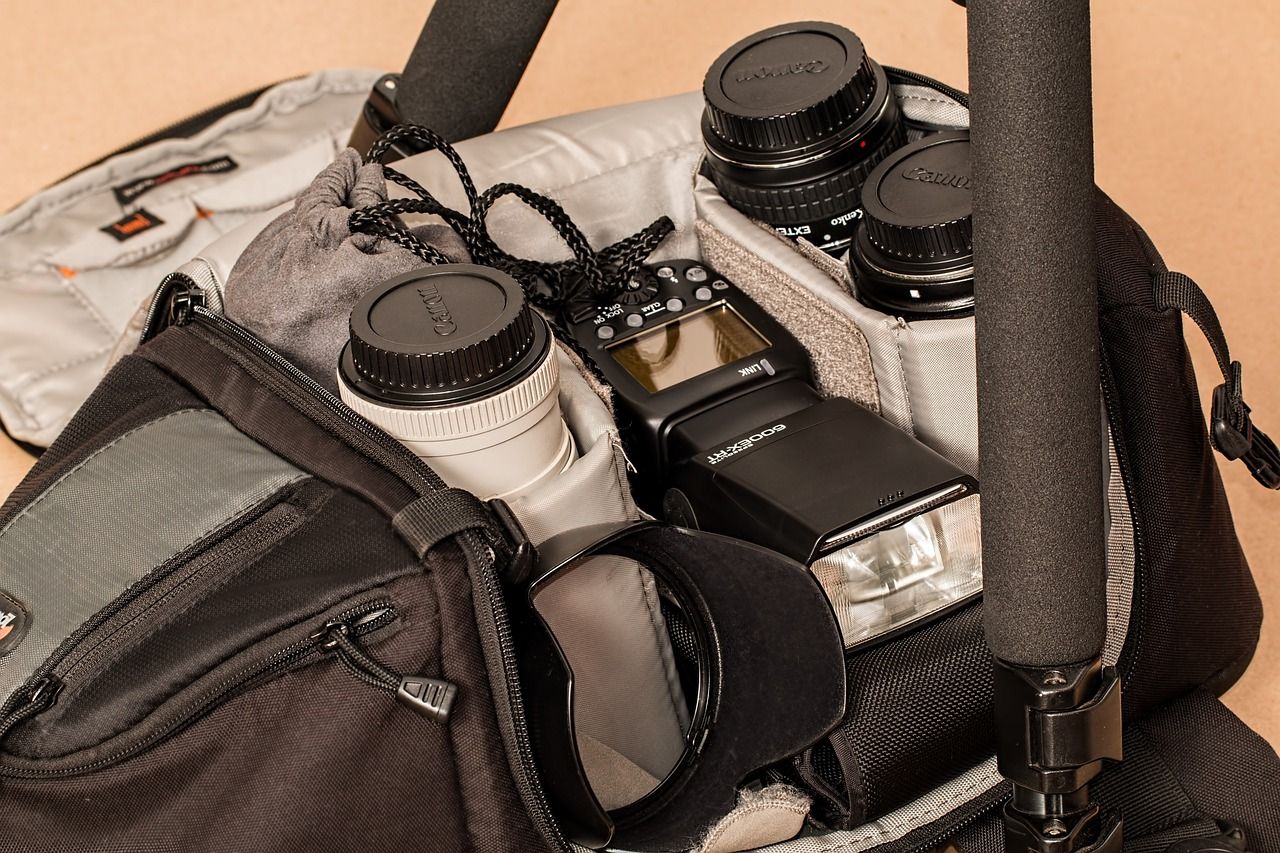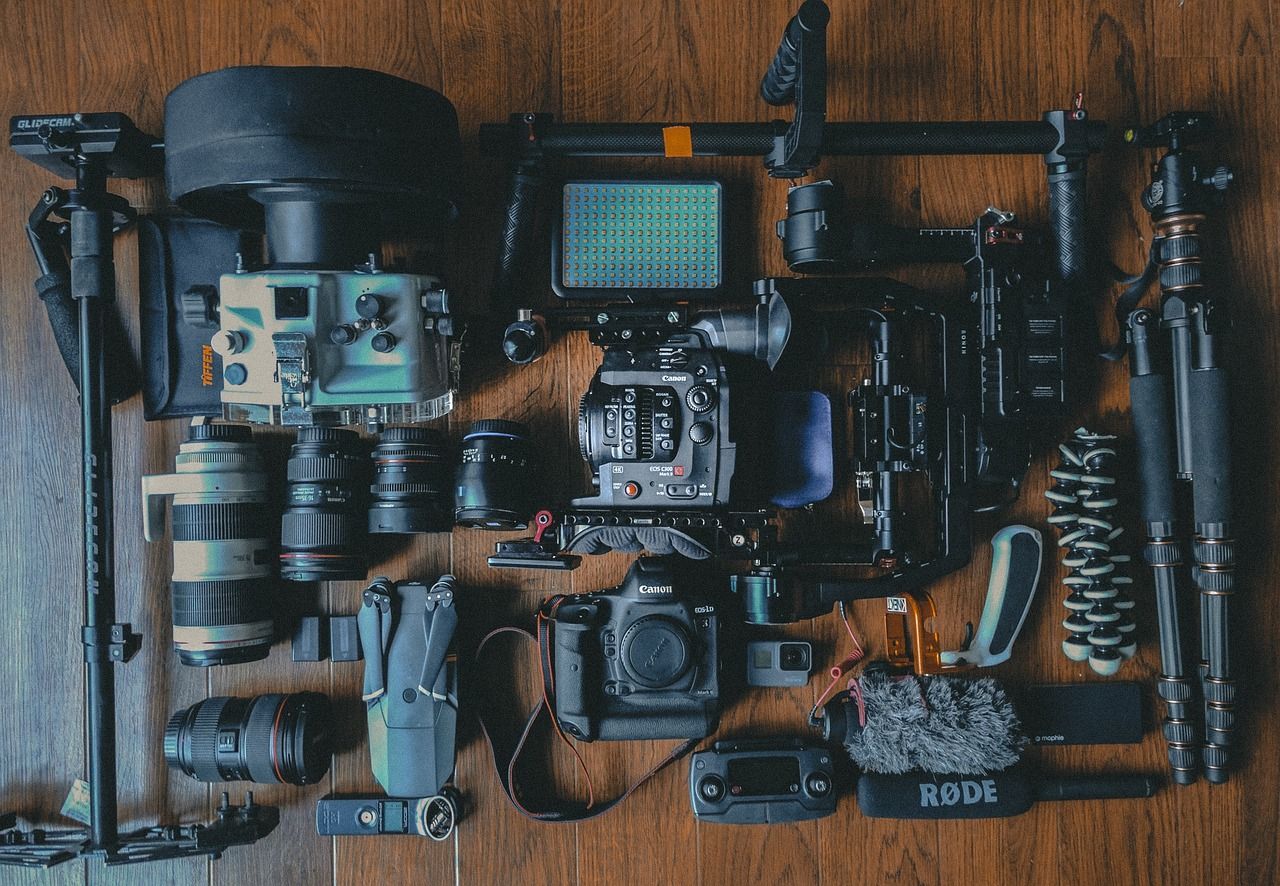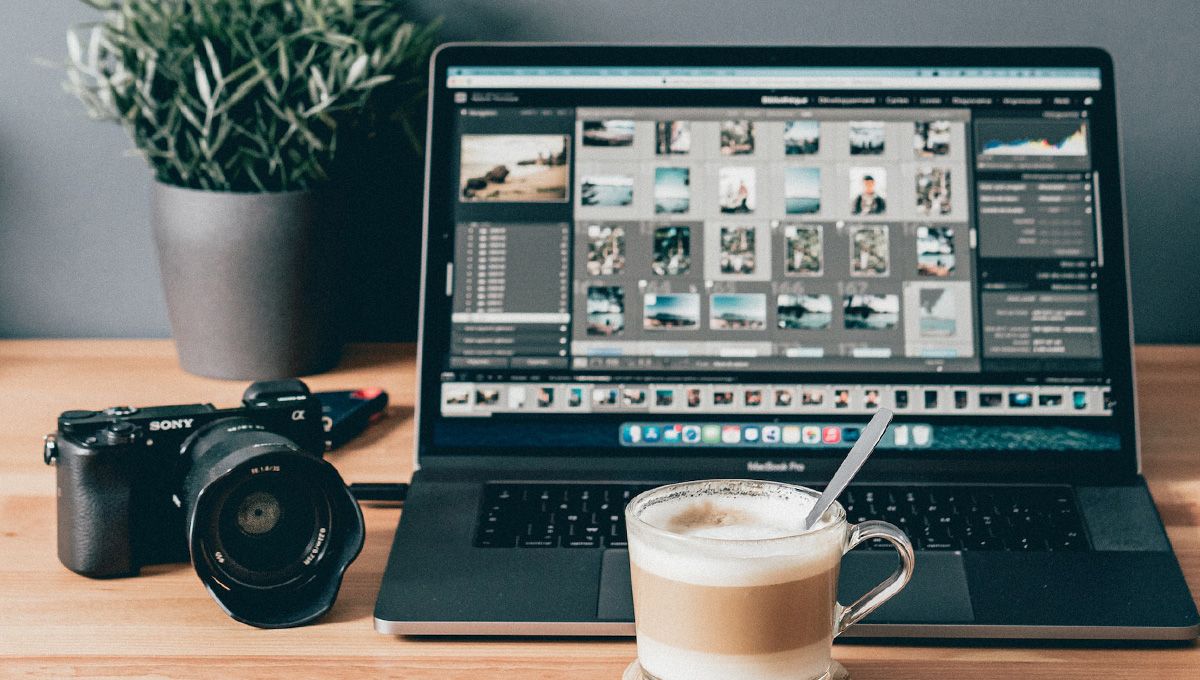Real estate photography is always in demand—thanks to the forever-hot real estate markets in our cities. Although you may think of it as just pointing your camera and taking pictures of the interiors and exteriors of a house, it is much more than that. Proper lighting is crucial for taking successful real estate photos.
Many of those beautiful interior photos you see online are probably taken with the flambient lighting technique. Let's explore what it is exactly.
What Is Flambient Lighting?
Flambient lighting may sound like some complex lighting technique, but it is just a combination of flash and ambient lighting. Using natural light or flash alone may not be very effective for real estate photos.
Traditionally, real estate photographers use ambient light for interior photos and edit them with the HDR technique to get realistic colors and pull out details from shadows and highlights. In High Dynamic Range (HDR) or the exposure bracketing technique, you take three shots—one underexposed, one correctly exposed, and one overexposed—and combine them in post.
In the flambient method, you will first take pictures of the interiors with the available light and then take the same shots with artificial light. You have to keep the exposures similar in both cases. You can check the histogram of the photos to make sure.
You must also take a window pull shot if you have a window in the room. You do this by taking a photo pointing at the window with the flash on. This is to make sure you get all the details that are outside the window.
Finally, you will combine the three images later in post-production to get accurate colors in your resulting photos.
Not all real estate photographers use flambient lighting; it is supposed to be used mainly for luxury properties.
Why Use Flambient Lighting?
If you're a newbie real estate photographer, it is crucial to learn this technique for the following reasons.
Correct White Balance
When you take photos of interiors in natural light, the white balance may not look right, especially if your scene has mixed lighting. For instance, there may be a warm table lamp and a daylight ceiling light.
If you use the HDR method, the final image can have the wrong colors and look different from the actual scene. Getting the correct white balance with ambient light alone can be challenging. You need some ambient and flash shots to achieve the right white balance.
With the HDR technique, you cannot avoid color casts from colorful walls and objects; using a flash can help you avoid these. Unfortunately, HDR can also make your pictures look washed out and dull. You can bring out the contrast and true colors with the flambient method.
Natural-Looking Photos
Sometimes, you can overdo HDR images and get the typical artificial-looking photos. Also, when you just use flash alone, the natural shadows in your scene disappear. As a result, the images using flash can look stark and uninviting. Remember, photography is a 2D medium; the shadows and highlights give the photos much-needed depth.
You can use the flash images to get the proper white balance and the ambient light photos to get natural shadows.
With the flambient technique, you also have the window pull shot so that you can incorporate the natural scenery outside the window into your image. The resulting picture will resemble the actual scene and be much more pleasing to the eyes.
Avoid Reflections on Floors, Cabinets, and Counters
If you rely on natural light for your photos, the cabinets and floor near the windows or lights can have bright reflections. By using flash, you can avoid these glares and get a matte look.
So, you essentially take the best parts of both ambient and flash images to get the perfect final picture.
The Necessary Equipment for Flambient Lighting
Unlike HDR images, where you need only your camera and a tripod, flambient lighting needs extra items like a strobe or speedlight, a light stand, light modifiers, and so on.
You can use any DSLR or mirrorless camera you like—even a basic one will do. But you must shoot in RAW. A wide-angle lens, like 16-35mm for a full-frame camera and 10-20mm for a crop sensor camera, can help you cover the whole room.
Your camera should be in the exact same place to take exposures with natural light and flash. So a sturdy tripod is mandatory to maintain that.
In addition, you need one or more portable strobe flashes or speedlights, depending on the room size. You can bounce the light off the walls or ceilings, but carrying various on-flash diffusers is a good idea. A shutter release can also be handy.
The Disadvantages of Flambient Lighting
Although flambient lighting seems to be the perfect solution for real estate photography, it has some downsides too.
Longer Shooting Time
With all the extra equipment to set up and different sets of pictures to take, flambient lighting can be time-consuming. You have to take two or three photos from every angle of every room. So if you shoot a property for an hour with natural lighting, it can take two to three times longer to take images with flambient lighting.
Extra Equipment
The flashes, trigger, light stands, and diffusers can quickly add up and take up more space in your camera bag. Also, you should know how to use the flash off-camera. You need a trigger on your camera and receivers on the flash units if you're using basic third-party flashes. If you forget to pack one of these, you are in trouble.
Complex Editing
You're not only working more at the scene; you have more work once you're back in your studio too. You have to sort the images, convert them to JPEG, and use complex techniques to combine the flash and natural light photos. Editing the flambient pictures is not exactly beginner-friendly.
HDR photos also require editing, but flambient images take much longer to take and edit.
Scale Up Your Real Estate Photography With Flambient Lighting
The flambient lighting technique needs more equipment and expertise, but it is necessary to learn this technique to include different types of properties in your real estate photography business. If you aim to photograph high-end luxury properties, know that flambient lighting will give you the edge.

